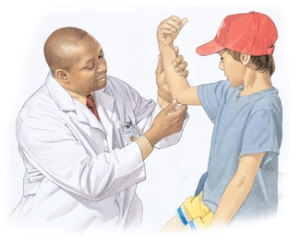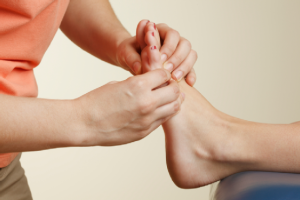
Tips for Safe and Healthy Spring Cleaning
Spring is always a welcome change after cold and lethargic winters. The blue skies and warm temperatures also bring open windows, fresh air, blossoming flowers and above all the spring cleaning. Spring cleaning can be as hard and difficult as full-body workout as it involves good dusting, mowing of lawns; clearing gutters and many more. But the statistics show that great many numbers of people injure themselves during this annual cleaning. Active Physical Therapy suggests you to be cautious and observe the following measures to avoid any harm or injury to your body:
- Do not perform similar motions repeatedly as this can result into sprains, strains or low back pain.
- Keep your spine in line i.e. maintain a good posture and keep a wide base of support.
- Avoid too much twisting or bending while lifting objects. Lift the objects properly by getting closer to them i.e. use your legs instead of your back.
- Use long-handled tools, kneeling pad and stools while doing yard work and gardening as well.
- Keep your properly hydrated throughout the cleaning session.
- Wear skid resistant shoes to ensure proper footing on uneven surfaces.
- Take regular breaks, in order to relax your tense muscles.
- Use correct height ladder to minimize the risk of falls during cleaning your windows. Also make sure that ladder is placed on a levelled surface.
- Move your feet and body while vacuuming, instead of reaching forward and sideways with your arms and trunk.
- Use extension cords carefully. Do not drape them across the spans of crossing walkways to avoid tripping or falling.
- Avoid twisting while bending, raking or thatching; instead use your legs to shift your weight from side to side.
- To avoid slips and falls, always work in the yard wherever it is dry. Do not overfill bags or tarps as it can put pressure on your spine.
- Do not over-exert yourself. Listen to your body and if you notice any symptoms like light-headedness, shortness of breath, sudden or severe headache, excess sweating, chest or stomach pain after or during cleaning, Contact Your Doctor immediately.
Prevention is always better than cure. Poor Physical posture, lack of exercise or warm-up, poor Physical condition can lead to injury or pain. So always do your best and follow good practices to save yourself form all such hazards.
Active Physical Therapy will be glad to help you with more spring cleaning tips or with any injuries or pain you experience during cleaning. Our diligent and expert physical therapists use state of art techniques to treat any of your musculoskeletal pains or injuries.







